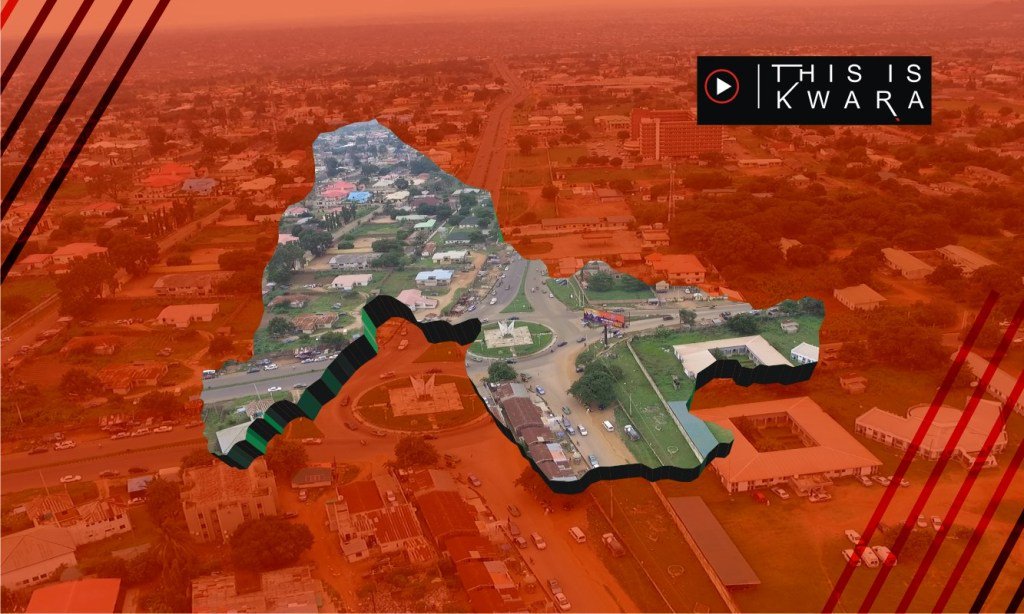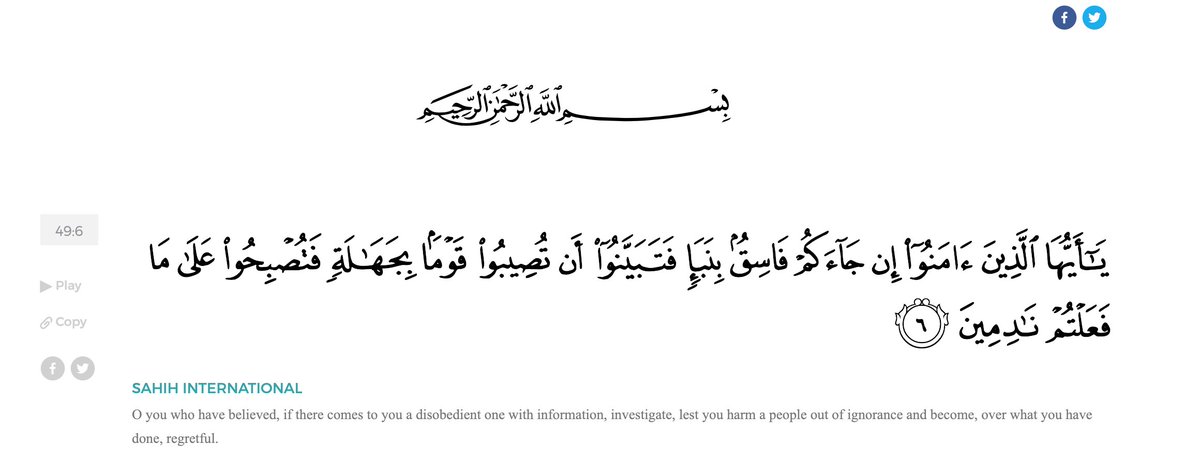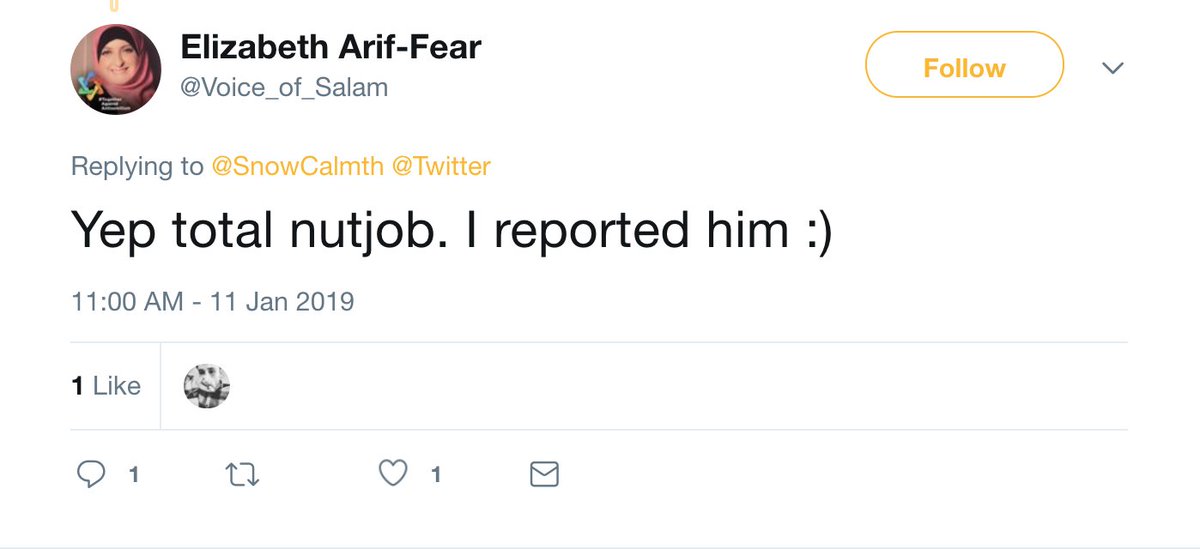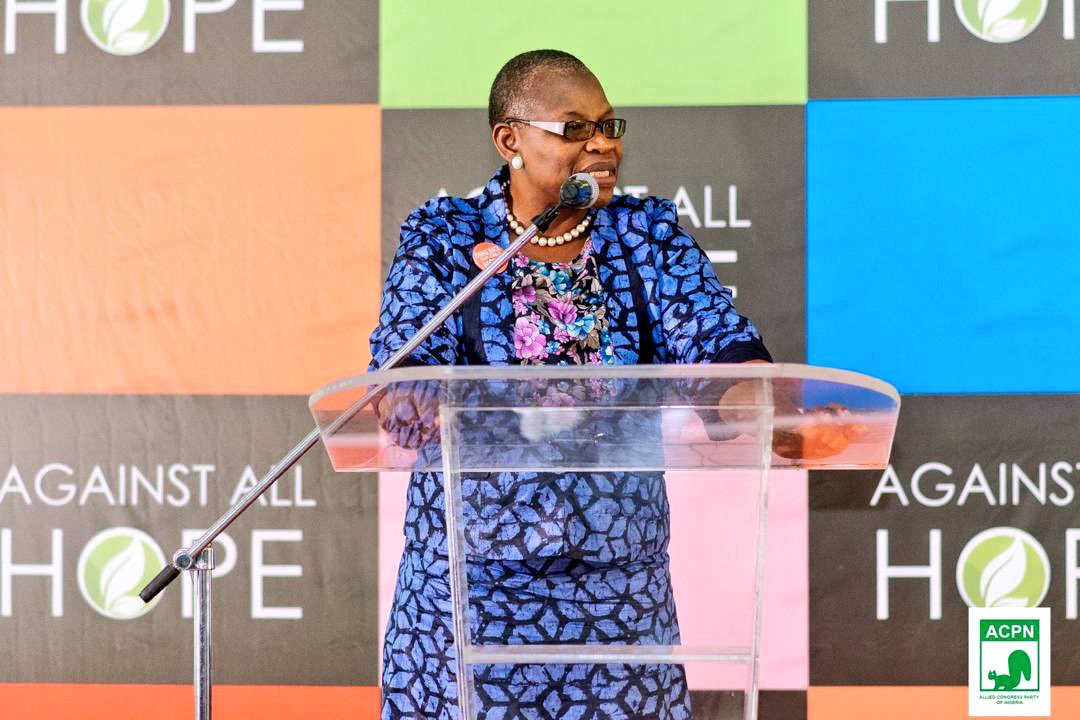its aim was to carry out sabotage against
symbols of the apartheid state.
failed, largely due to the vigilance of Botswana’s own security forces.
Mozambique to investigate potential infiltration routes
Africa, had not yet been liberated. and the Mozambican had not been sufficiently politicised to offer the logistical support to MK cadres
The only practical route was through Rhodesia.
"We have had close political relations with ZAPU and these developed into
relations at the military level until we were in a position to fight together.....
combined force for a common onslaught against the enemy at every
point of our encounter as we march down for the liberation of our respective countries.
because of common political, cultural, religious and linguistic ties.(We shld use the same for economic empowerment )
gain assistance from them while in transit.
Tambo said: ‘Mabhida, if you say we must go to war, no one will oppose that.’
Within MK ranks, Mabhida was subsequently called Mayihlome.
(Zola Zembe, MK chief of operations), Dabengwa (ZAPU chief of intelligence),
MK chief of communications) and Chris Hani (MK commissar) assumed
responsibility at the military level.
operation so as to ensure a good reception for the MK guerrillas by local residents.
joint MK and ZIPRA units. In honour of the ANC president, Chief Albert
Luthuli, who died in July 1967, the MK unit was called the Luthuli Detachment.
the Wankie campaign.
Rhodesian armed forces would have least expected the guerrillas to use, in the most dangerous stretch of the Zambezi River.
of the river until all the cadres had crossed safely.
Ropes had been tied to trees, and to reach the river from the bank, one had to grab the rope and cling to it. From the height we were at, you could not even see a person when he reached the river down below. ...
John Dube of ZIPRA was in command of the 57 members and Chris Hani was
the commissar charged with the responsibility of ensuring that the MK cadres
infiltrated South Africa safely
Paul Sithole, Shooter Makasi, Castro Mashigo, Eric Nduna, Justice Mpanza,
Cletus Mzimela, Peter Mhlongo, Marana Mahlatsi, Misheak Madiba and Lennox
Lagu
ZIPRA’s MadzimbaMuto, with Andries Motsepe of MK as his deputy, moved
towards Lupane in northeastern Matabeleland. MK members in the smaller
unit included James Masimini, Charles Mhambi, Motsepe, and Comrade
Rodgers.
Wankie and Dete.
patrol consisting of 18 African soldiers and a number of British South African
Policemen (BSAP) were following the tracks of the guerrillas and were
ambushed at 1.20 pm.
white army officer, in addition to two African soldiers being wounded. five guerrillas were killed
… the fighting that is presently going on in the Wankie area is indeed being carried out by a combined force of ZAPU and ANC, which marched
into the country as comrades-in-arms on a common route, each bound to its destination.
make their way to their respective fighting zones"
These were the first and second clashes between the unit moving towards the
south and the Rhodesian security forces.
water supplies running dangerously low, John Dube and Chris Hani sent two ZIPRA members to look for replenishments. They never returned.
the unit’s position, Dube and Hani despatched five volunteers – two from
ZIPRA and three from MK to look for the missing men.
of their missing comrades.
earlier in the day
Mzimela spotted a military radio antenna through the surrounding bush, and
awakened Gizenga Mpanza, who was sleeping next to him. In disbelief, Mpanza thought Mzimela was joking, but then a second antenna appeared, and a
third.
without any sign that they knew the cadres were lying there
gunfire. He cursed in anger, assuming that one of the ZIPRA fighters had accidentally fired again.
next sound Mzimela heard was an explosion, close by
their nerve held.
see them?’ At that moment, Hani gave the order to open fire.
be officers, and their loss caused pandemonium. The rest of the group scattered in all directions, leaving their weapons and food supplies behind.
dirty water.
food and other rations. It was a feast for the guerrilla fighters, and afterwards,
they resumed their march to the south
the commander and the radio operator, and to hold their fire until the Rhodesians drew close to their position
order to open fire rang out
open by standing up and pretending to flee from the battle
commanders noticed that only black soldiers were running away, they recognised this as a ploy to expose themselves.
the forest, he evidently stumbled on a small group of white people wearing civilian clothes
immediately went for his rifle and started shooting at Dube
they asked what had happened, he did not reply Hani swiftly ordered the cadres to take up combat positions, just as the Rhodesians came running into their encampment, and a battle ensued.
command. The rest of the patrol fled, leaving behind their weapons and equipment, which the guerrillas duly collected.
Jack Simelane were among those chosen for the operation.
grenades into the camp, then opened fire with their AK47s and LMGs.
call for reinforcements, with whose help they were able to rout the Rhodesians. The latter fled after a 30-minute battle, leaving weapons and equipment
behind that the guerrillas collected.
would return with an even larger force, they decided to cross the border into northern Botswana after burying their dead.
was ‘to retreat to strategic parts of Botswana, refresh ourselves, heal those
who were ill or wounded, acquire food supplies and then proceed with our
original objective’
Botswana, but just happened to find themselves close to the border. Hani and a few members of the unit went ahead to reconnoitre & became separated from the rest of the unit.
Botswana
the terrain or having reliable maps, one would inevitably end up in Botswana. Mpanza, on the other hand, recalled moving deliberately towards Botswana
dead and 20 captured, with seven members of the Rhodesian security forces
killed and 13 wounded.
killed and 20 arrested after escaping into Botswana.







